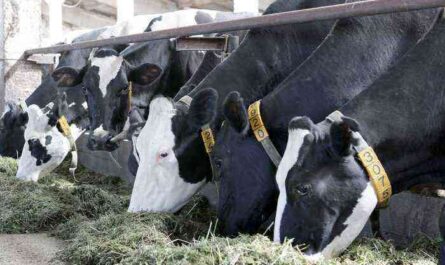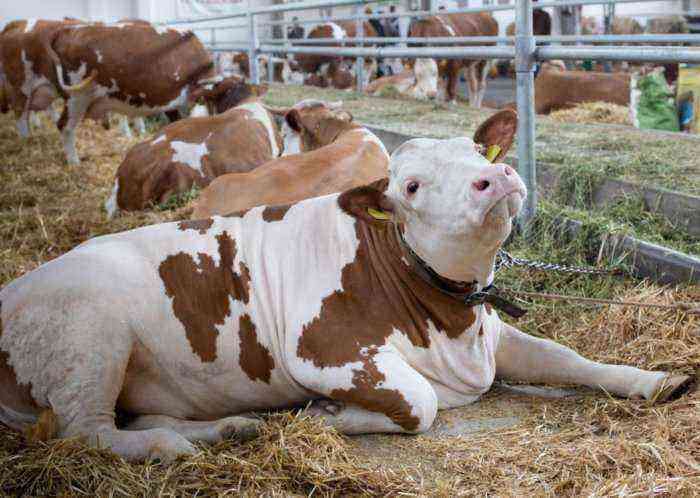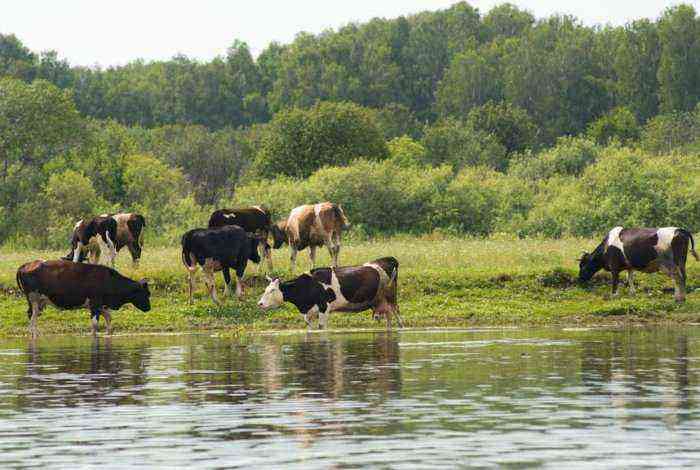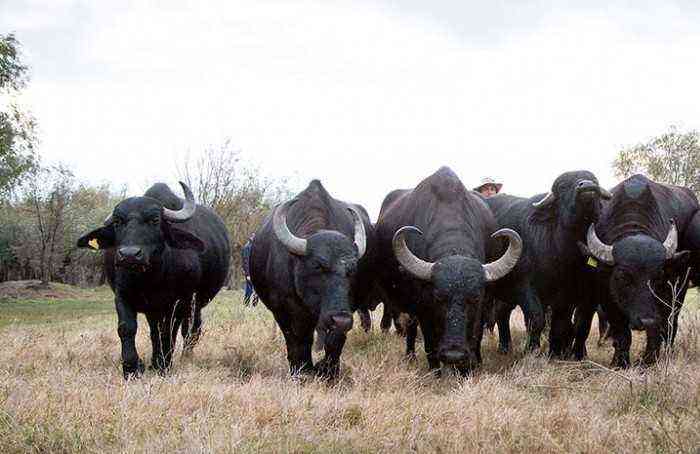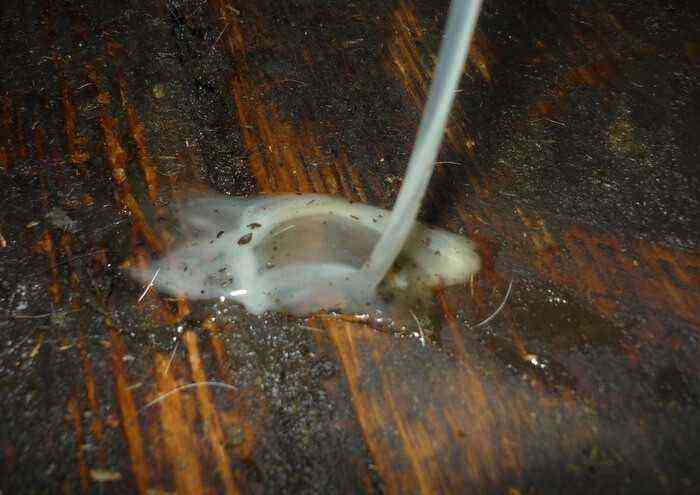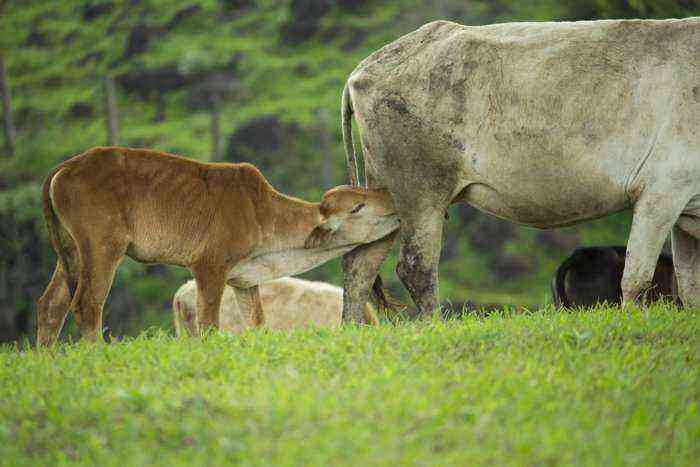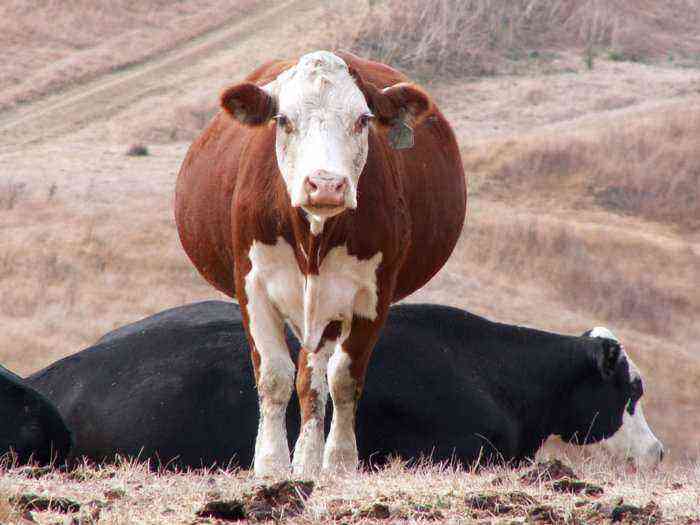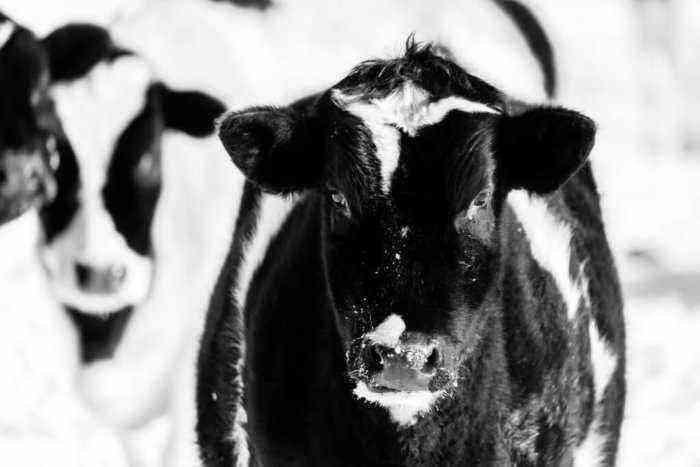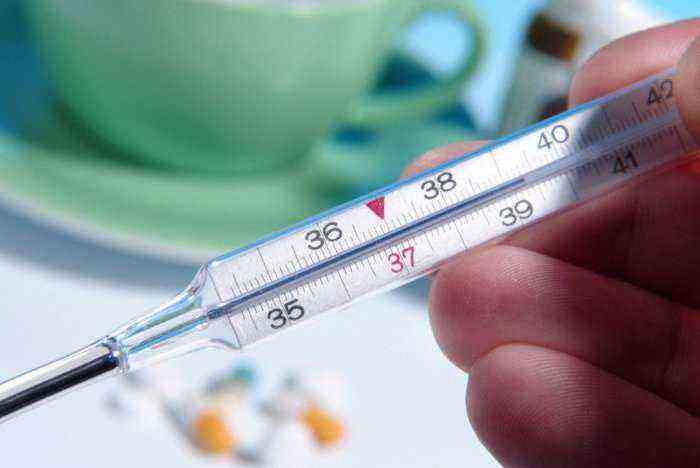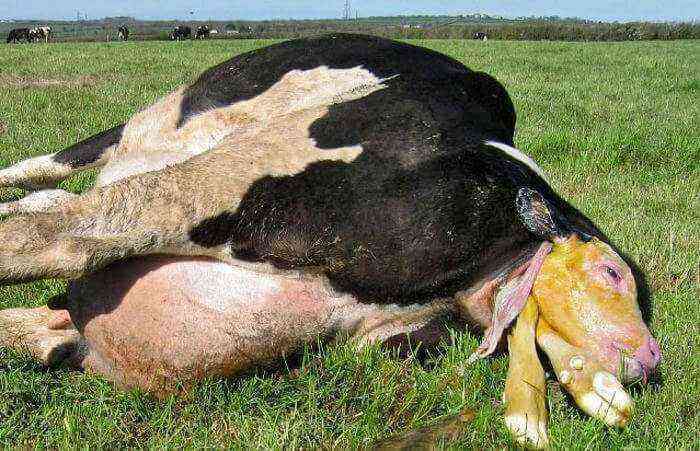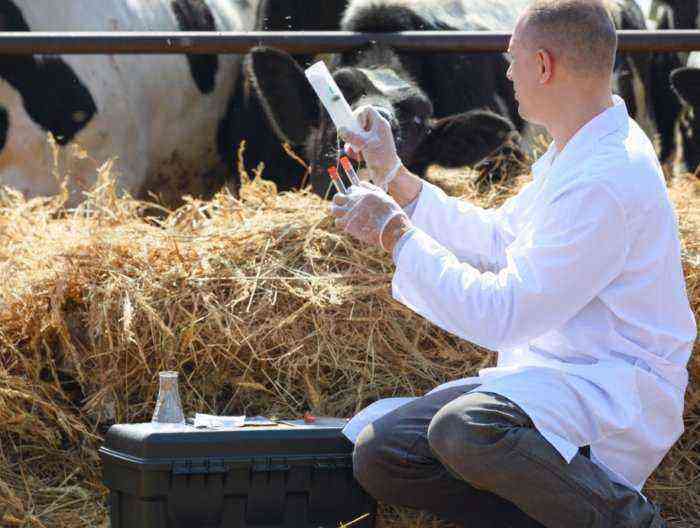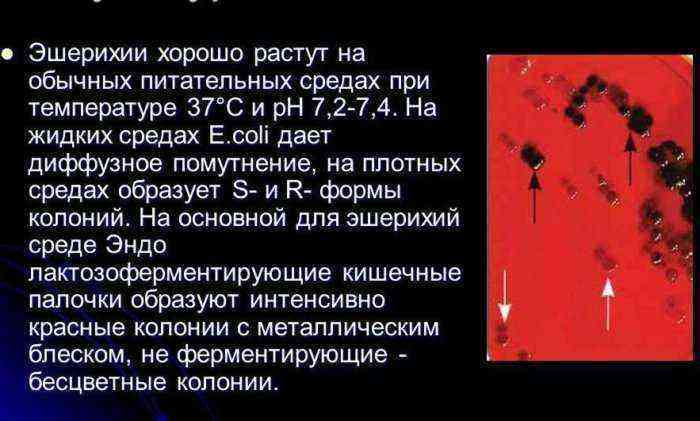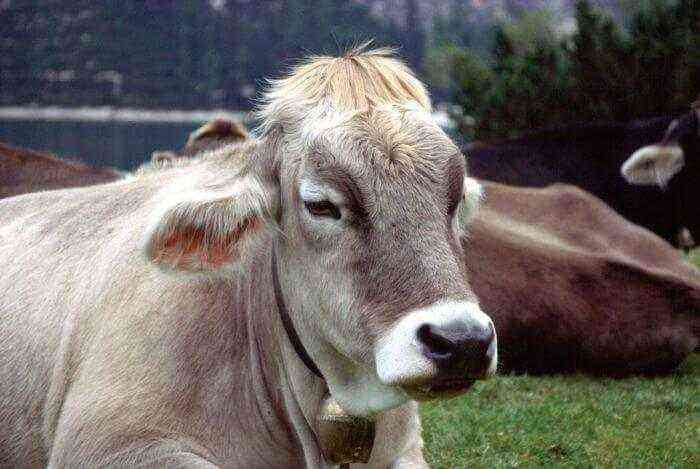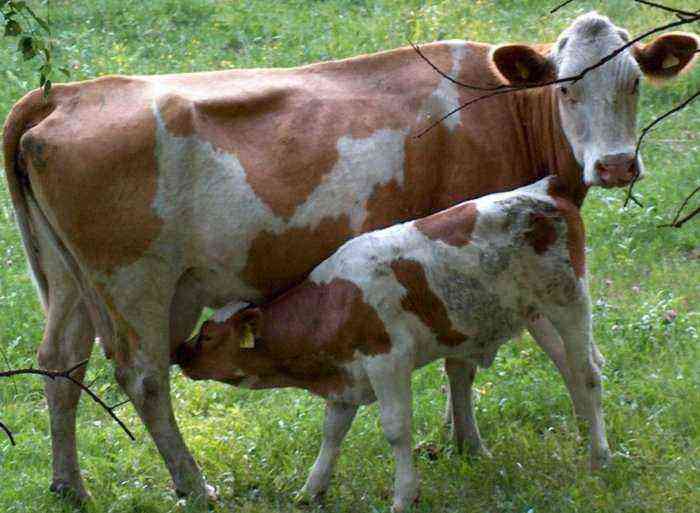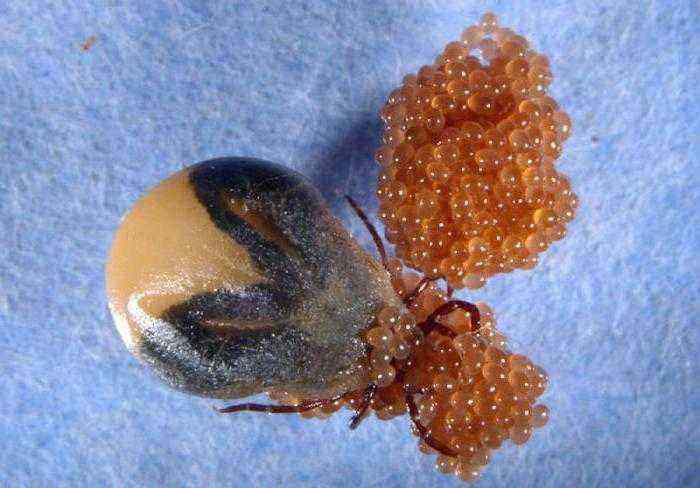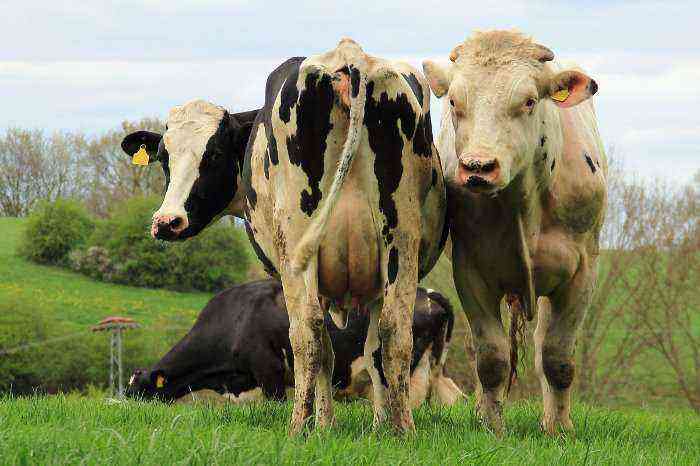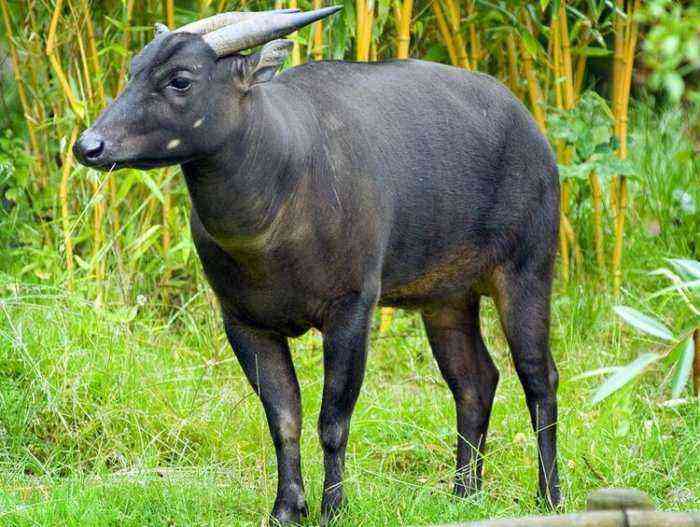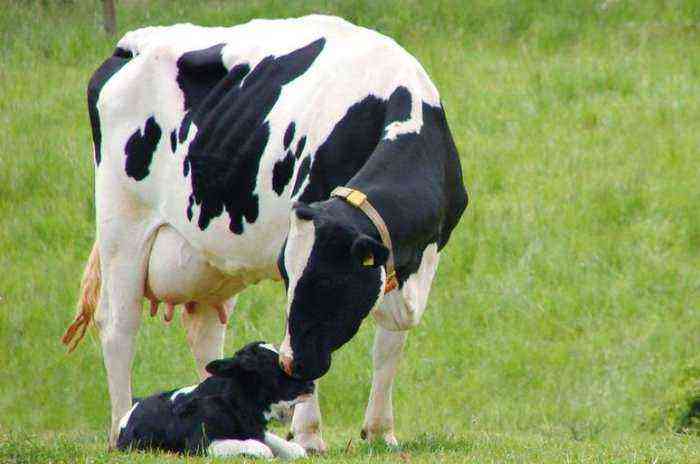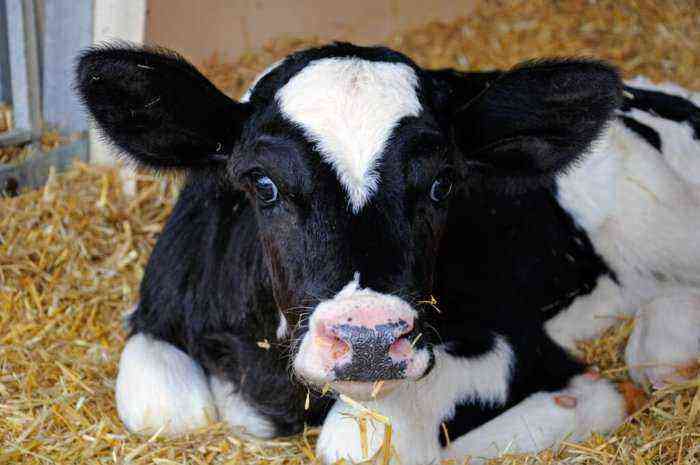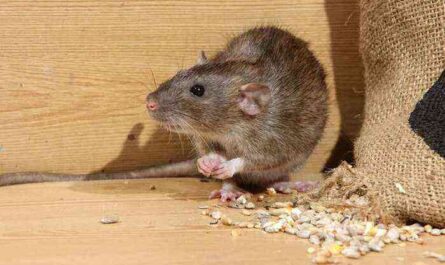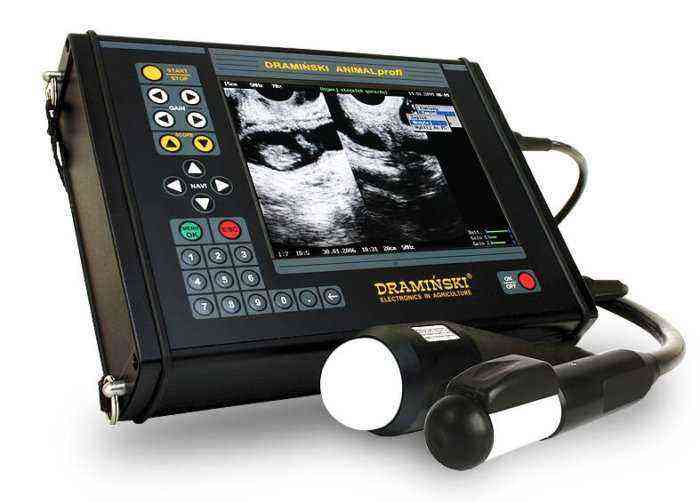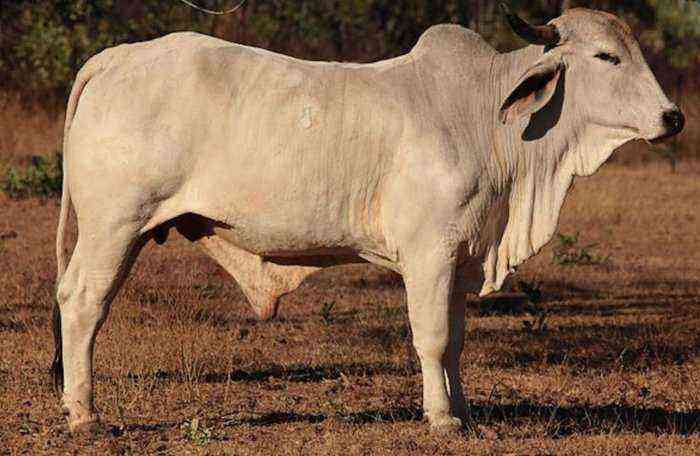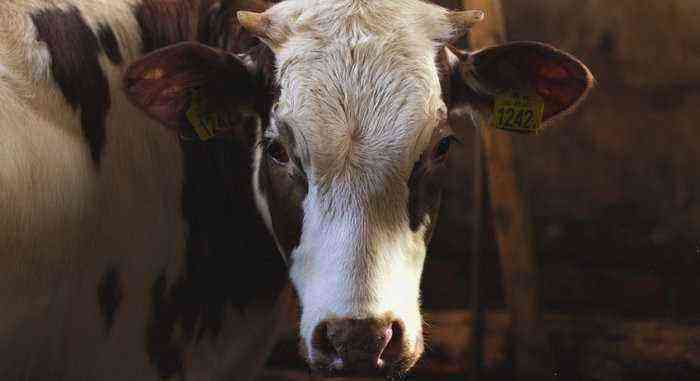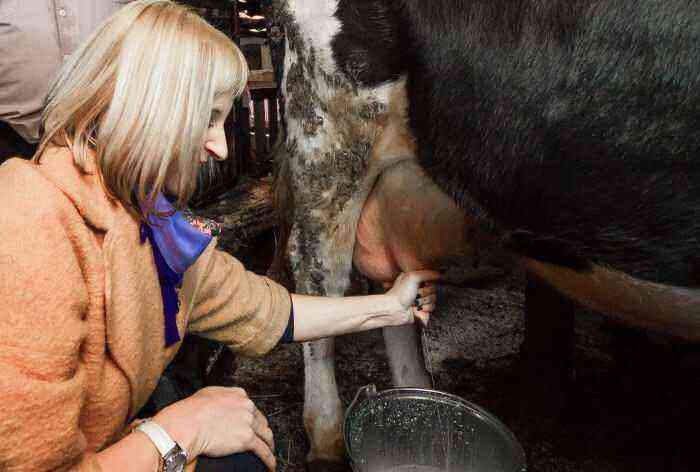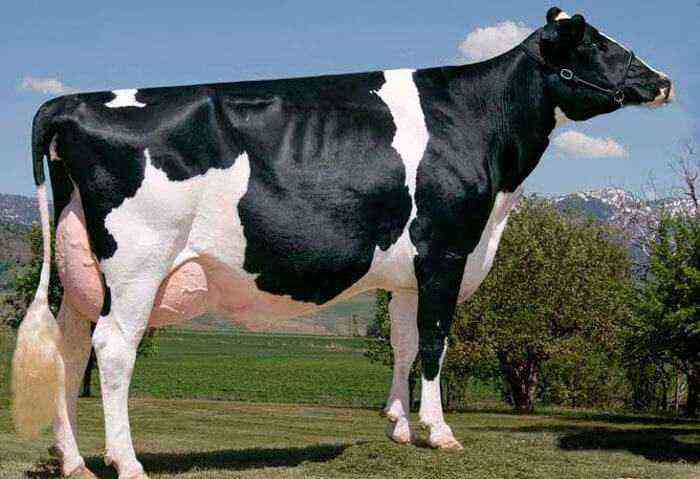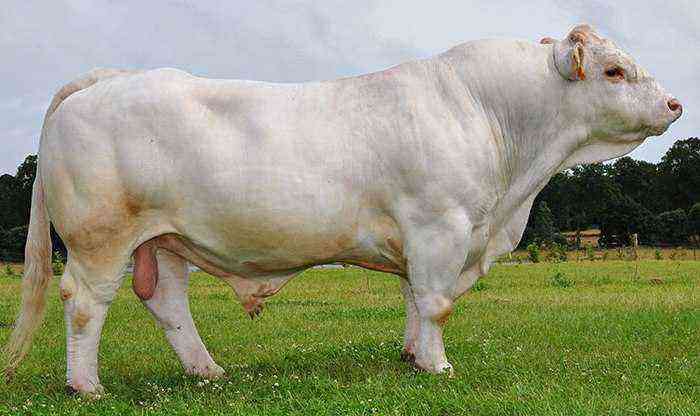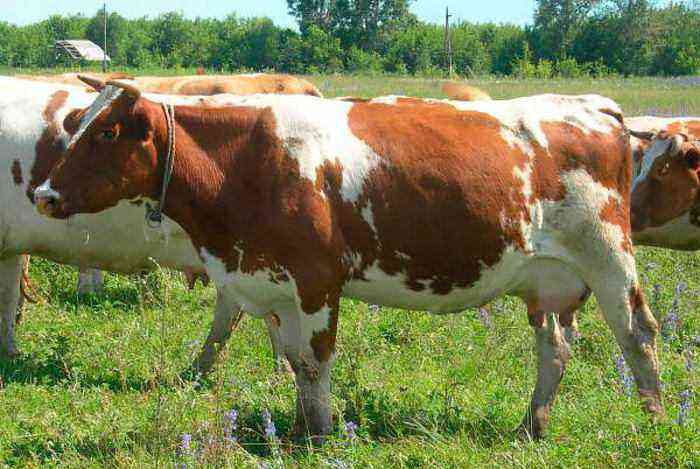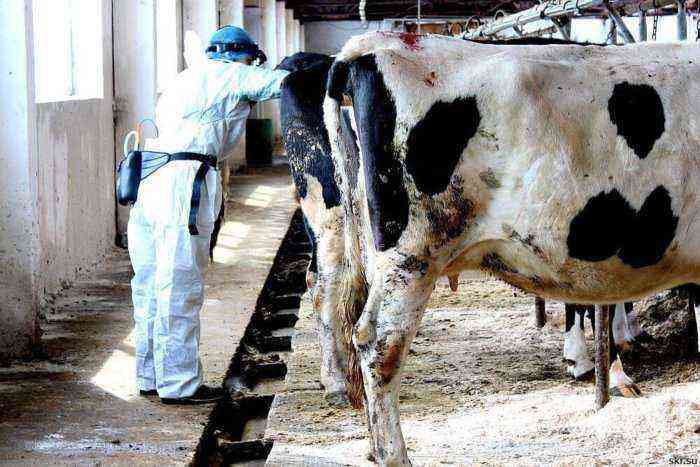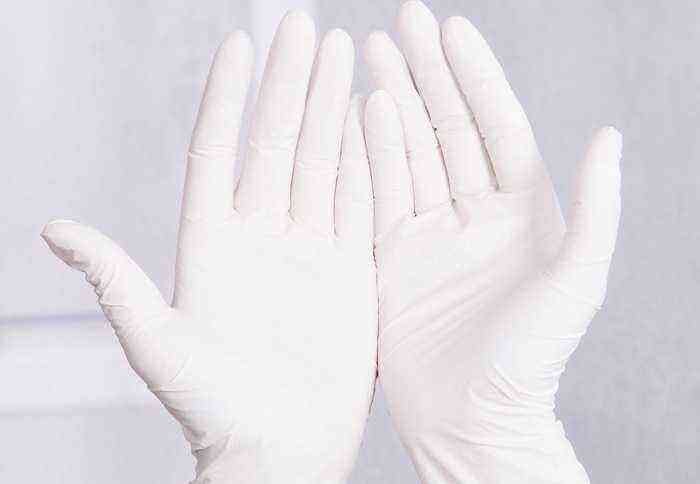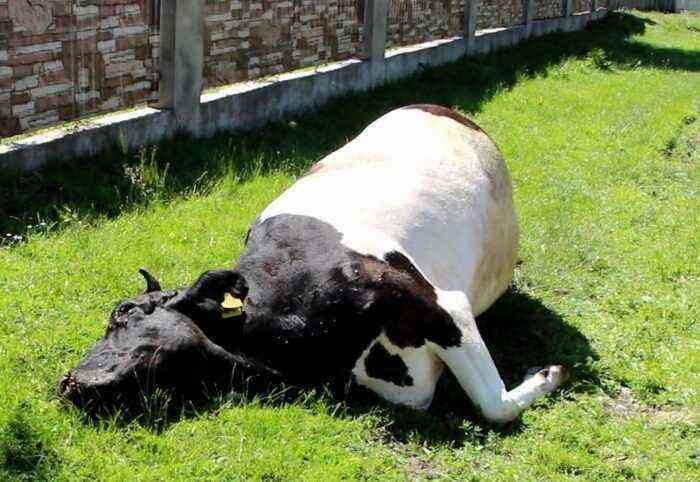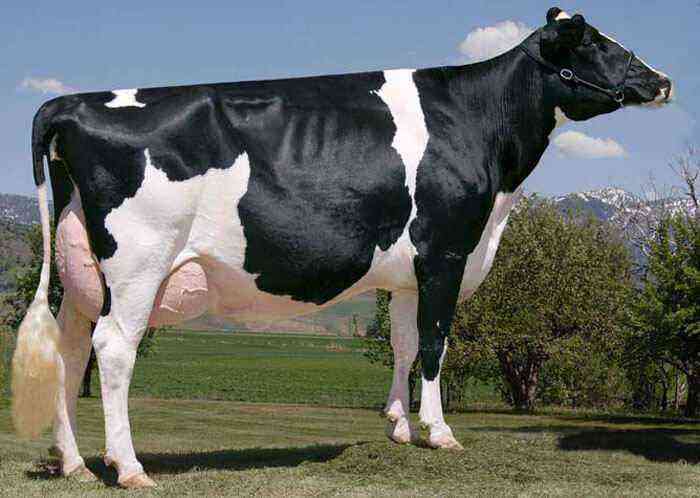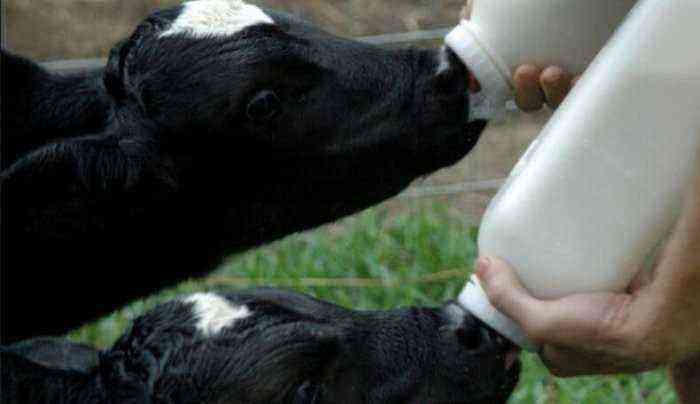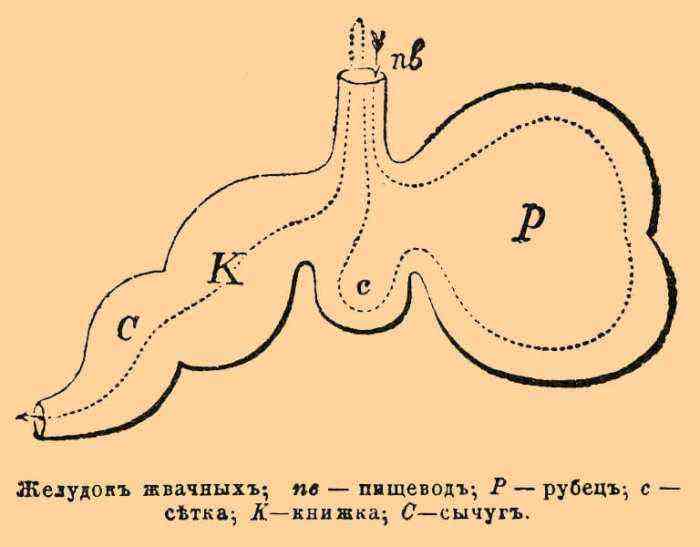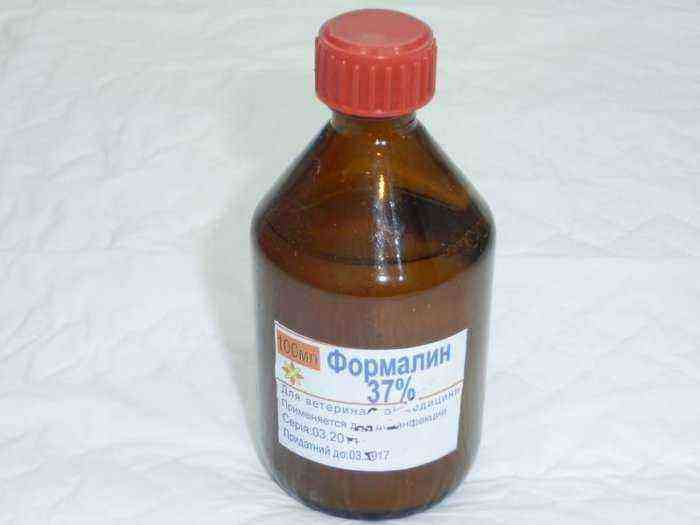Dwarf cows in most countries of the world are still perceived as exotic animals that surprise with their unusual appearance. But it is worth noting that an interesting appearance is not the only advantage of such cattle. Small breeds of cows in abundance are able to provide milk for subsidiary farming. At the same time, they spend fodder reserves more economically and are unpretentious to the conditions of detention.
Dwarf cows
Origin of miniature cows
It is worth noting that miniature cows in certain varieties have long been known to science. For example, the progenitors of the zebu breed have long lived on the island of Sri Lanka. The local population is no longer surprised by such animals, but scientists from India, for whom the cow is a sacred animal, were extremely interested in this breed. And a few years later they brought out a modern variety of zebu, which became even more miniature.
In parallel, breeders from Australia also took up breeding work in the direction of miniaturization of livestock. But, unlike the Indians, who bred mini-cows to simplify many religious activities, Australian breeders pursued commercial goals. The local adapted Angus breed of cattle was taken as the basis for the dwarf variety.
In the future, such an original and rather profitable trend also covered the United States and Great Britain. Moreover, if in the USA miniature cattle were originally bred mainly for entertainment, then in England, where the land issue is acute, mini-cows have become a real salvation. Gradually, this trend has developed in many other countries of the world.
Types of dwarf breeds
Small breeds of domestic cows include a number of different species that are officially listed in the international catalog. Until recently, there were about 26 such breeds. But today their number is much higher. The most popular among them are the following.
Highland
The Highland Mini Cow is a native of Scotland. This breed is rightfully considered the best in the meat direction among dwarf cattle. In addition to miniature size, the characteristic features of the appearance of such cattle are:
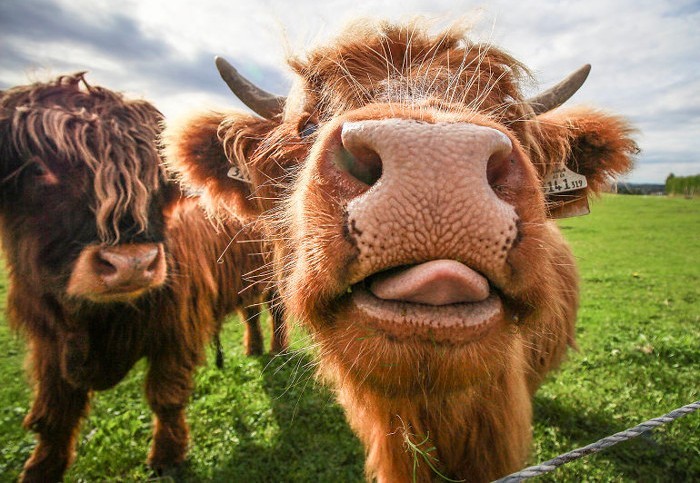
Highland Mini Cow
- long thick hair hanging down the sides;
- large horns that diverge to the sides of the head;
- short legs;
- slightly raised back of the body.
The color of this breed line is usually red or gray-brown. Sometimes completely black specimens are also found.
The main advantages of the Highlands are:
- unpretentiousness to the conditions of detention and diet;
- strong immunity to most diseases characteristic of cattle;
- minimal sensitivity even to extremely low temperatures;
- valuable dietary meat;
- the opportunity to give decent milk yield and healthy offspring up to the age of 25 years.
Thanks to this set of advantages, the breed has spread widely in Europe, North America and Australia.
Evening
The Vechur variety was bred in India and was named after the city in which the main breeding work was concentrated. This breed in terms of miniature is the world record holder. The weight of the animal does not exceed 100 kg. At the same time, the growth of even the largest individuals reaches only 90 cm.
As for the characteristic external features of the breed, they include the following:
- short hair, often brown or black;
- short horns;
- a long tail;
- characteristic hunchback in the front of the body.
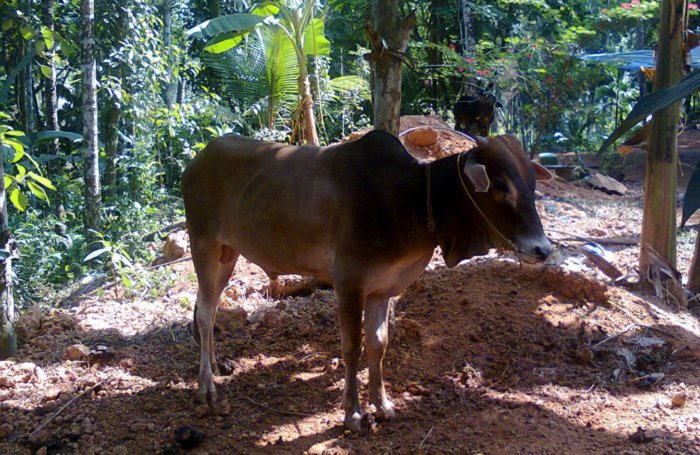
Variety Vechur bred in India
In India, the breed has gained wide popularity. The reason for this was the following features:
- economy in terms of feed;
- resistance to negative climatic conditions;
- strong immunity (applies only to purebred breeds);
- relatively high milk yields – at least 3 liters of milk per day.
Angus
The progenitors of the Angus Dwarf Cow are full-sized cattle from Scotland. Breeding a miniature copy of an adult animal was carried out by Australian breeders in parallel with their Scottish counterparts. The main goal of breeding a large variety was the creation of a high-quality meat breed. And the end result is quite consistent with this goal. As for the miniature copy, it is also bred mainly for meat. Features of the Angus cow are:
- comparative massiveness, developed muscles;
- rounded body with a slightly pronounced neck;
- well developed udder;
- weight does not exceed 250 kg;
- the height at the withers is usually no more than 100 cm;
- The color is predominantly black or brown.
The main value of such a cow lies in the fact that with the right diet, a small bull is able to produce a large amount of marbled beef. Due to its palatability and minimal amount of fat, such meat is highly valued.

angus pygmy cows
Palsho
The Palsho variety of pygmy cattle originates in Sweden. A local breeder with the surname Svorn was actively involved in her breeding and introduced the world community in 2002. What is characteristic in its weight and height, this breed is quite capable of competing for the championship in terms of miniature size with the Indian Vechur.
The external features of this species of animals are:
- cylindrical body;
- flat straight back;
- small horns diverging away from the head;
- slightly sagging skin on the chest part of the body;
- small head;
- the color is predominantly red, black, light gray.
Palskho is excellent for grazing even on scarce pastures. The animal is able to get behind the vegetation even in the most inaccessible places.
Krasnogorbatovskie
The Krasnogorbatovskaya cow is a representative of domestic dwarf breeds. Although it is worth noting that it is only slightly inferior to cattle. This variety was bred in the Nizhny Novgorod region. The purpose of the selection was to increase the milk yield of the Priokskaya breed and increase its resistance to diseases. As a result, it was possible to obtain an animal that differed in the following characteristics:
- endurance;
- unpretentiousness to feed;
- economy in terms of feed consumption;
- resistance to many known livestock diseases;
- large annual milk yields (this figure can reach 6 thousand kg).
The latter figure is especially surprising, given that the total weight of the cow does not exceed 350 kg. In addition, in addition to large milk yields, the high quality of the dairy product should also be noted. Milk has a high fat content – at least 4,3%. It also contains a lot of protein and amino acids.

Krasnogorbatovskaya cow
It is worth noting that Russian breeders not so long ago saved this breed from extinction, as its number was reduced to 1500 heads and continued to fall. To date, the situation has stabilized and the breed is being revived again.
Aboriginal
Aboriginal dwarf breeds are not a separate breed line. This is a category that includes cattle from various parts of the world, the size of which has significantly decreased during many years of natural development, and differs from the accepted standards for large breeds.
Zebu
The Zebu breed has become widespread in India, Africa, and Pakistan. During the selection of such animals, a large number of varieties were bred. To date, there are more than 70 of them. But, the desire to improve the basic qualities of a cow has led to the fact that purebred representatives of the pedigree line have almost completely disappeared. The efforts of caring breeders who created specialized farms made it possible to restore the population of such dwarf cattle.
Zebu cows outwardly differ from others in especially miniature sizes. The growth of an adult is no more than 90 cm, and the weight, as a rule, does not exceed 80 kg. In addition, a large hump, which is located immediately behind the head of the animal, can also be attributed to the bright distinctive features of the appearance of the breed. In it, like in camels, reserves of fat are stored, which are used when food is scarce.
As for the features of the zebu, among them stand out:
- undemanding to the volume and composition of food;
- low milk yield;
- sensitivity to negative temperatures and some livestock diseases.

The Zebu breed
plush
Usually, when talking about cattle (even dwarf ones), they mention the annual number of milk yields or the percentage of beef in live weight. But, in the case of the plush breed of cows, there is no need to talk about significant meat and dairy productivity. It is bred exclusively for decorative purposes.
To date, this variety of mini-cows is bred in Iowa, USA. The purpose of their breeding was to create an animal with an aesthetic appearance that could impress the participants of various exhibitions. As a result, local breeder Lottner was able to breed a cow with dense and soft down, which looks like a plush toy.
This breed assumes a number of different colors, the main among which are:
- the black;
- red;
- light brown.
Often the main colors are complemented by large white spots.
Other appearance features:
- lack of horns;
- minimally developed udder, which does not involve milking;
- short legs;
- rectangular body;
- straight back, smoothly turning into a head without a pronounced neck;
Of course, there is little practical use for such an animal. Therefore, exhibitions remain the main purpose of their breeding today. It is worth noting that the cost of one such cow can reach several tens of thousands of dollars.

plush cow
Yakut
This breed in the Republic of Sakha is considered aboriginal. It takes its roots from various breeds of cattle that came here from Mongolia and were successfully assimilated.
Representatives of this breed line are distinguished by their small size (up to 120 cm at the withers) and weight. Their average annual milk productivity does not exceed 2,5 thousand kg. But, characteristically, such milk differs in a fat content of 5,6%.
Yakut cows are extremely resistant to sub-zero temperatures. They calmly tolerate temperatures up to -50 degrees. In addition, they are not very picky in terms of feed.
This breed is characterized by:
- motley suit, which can combine white, black and brown;
- large head;
- muscular downed body with rounded sides;
- short legs;
- expanded chest and narrowed back;
- slight hunchback in the nape area.
Attention! The indicated breed has an extremely high resistance to leukemia, tuberculosis and a number of other infectious diseases.
Benefits of mini cows
It is worth noting that today the breeding of dwarf cows is gaining more and more popularity. The reason for this is the unique number of advantages of such cattle. The main ones include:

Dwarf cows can produce up to 3 liters of milk per day
- Relatively high productivity. On average, representatives of this category of animals are able to produce up to 3 liters of milk per day. Their meat is of particular value, which in many breeds is marbled. In addition, the animal is able to maintain good milk yields much longer than ordinary cattle.
- Simplified animal care. Since the size of the cow is much smaller, it is easier to clean and transport it. At the same time, mini-cows, as a rule, have a calmer disposition.
- Lower maintenance costs. Since the size of miniature cattle is smaller, it does not eat as much as representatives of large breeds. In addition, one or two cows can be kept on the house lawn.
- The indisputable advantage of mini-cattle is also a strong immune system and resistance to many diseases characteristic of large cows.
Conclusion
Thus, miniature cows can be an excellent source of fresh milk for a family in a compact area near the house. They are unpretentious to the conditions of keeping and feeding. In addition, the breeder does not have to worry about the condition of the plot. Animals behave very carefully on a green lawn and will not cause much harm to it.
